Search
Search Results

Definition
English Reformation
The English Reformation began with Henry VIII of England (r. 1509-1547 CE) and continued in stages over the rest of the 16th century CE. The process witnessed the break away from the Catholic Church headed by the Pope in Rome. The Protestant...
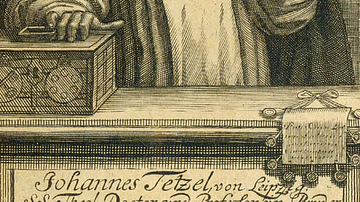
Definition
Johann Tetzel
Johann Tetzel (l.c. 1465-1519) was a Dominican Friar who became famous as one of the most effective indulgence salesmen and who inadvertently inspired the Protestant Reformation when Martin Luther (l. 1483-1546) wrote his 95 Theses protesting...
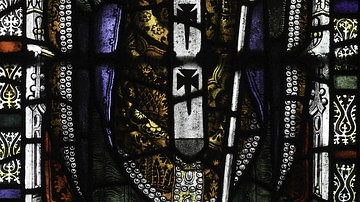
Definition
Thomas Becket
Thomas Becket (aka Thomas á Becket) was chancellor to Henry II of England (r. 1154-1189) and then archbishop of Canterbury (1162 to 1170). Thomas repeatedly clashed with his sovereign over the relationship between the Crown and Church, particularly...
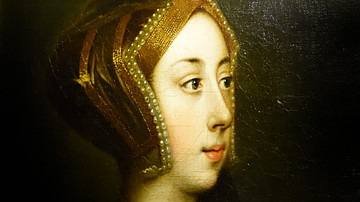
Definition
Anne Boleyn
Anne Boleyn (c. 1501-1536) was the second wife of Henry VIII of England (r. 1509-1547). Anne, sometimes known as 'Anne of a Thousand Days' in reference to her short reign as queen, was accused of adultery and executed in the Tower of London...
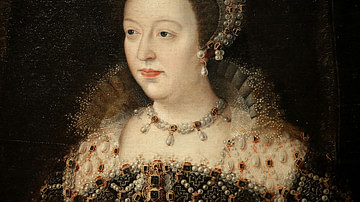
Definition
Catherine de' Medici
Catherine de' Medici (l. 1519-1589) was the queen of France, mother of three kings and two queens and, between 1559 and c. 1576, the most powerful woman in France and, possibly, all of Europe. She was the strength behind the French throne...
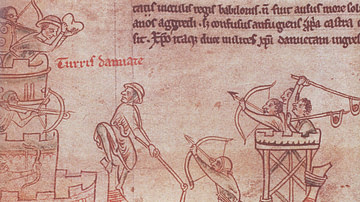
Definition
Fifth Crusade
The Fifth Crusade (1217-1221 CE) was called by Pope Innocent III (r. 1198-1216 CE) with the objective, like previous crusades, of recapturing Jerusalem from Muslim control; only this time the strategy was to weaken the enemy by first attacking...

Article
The Arch of Constantine, Rome
The Arch of Constantine I, erected in c. 315 CE, stands in Rome and commemorates Roman Emperor Constantine's victory over the Roman tyrant Maxentius on 28th October 312 CE at the battle of Milvian Bridge in Rome. It is the largest surviving...

Article
Mythological Re-Enactments in Ancient Roman Spectacle
To this day the ancient Romans remain infamous for their dramatic use of spectacle and other forms of entertainment. A lesser known variation of Roman spectacle is the mythological re-enactments that took place during the ludi meridiani (midday...

Article
How Christmas Was Shaped by 19th-Century Literature
How we celebrate Christmas today is largely shaped by a small group of authors who recorded festive traditions in the 19th century. These authors include Washington Irving (1783-1859), Clement Clarke Moore (1779-1863), and Charles Dickens...

Article
Medieval Indulgence & Martin Luther
The medieval indulgence was a writ offered by the Church, for money, guaranteeing the remission of sin, and its abuse was the spark that inspired Martin Luther's 95 Theses. Luther (l. 1483-1546) claimed the sale of indulgences was unbiblical...